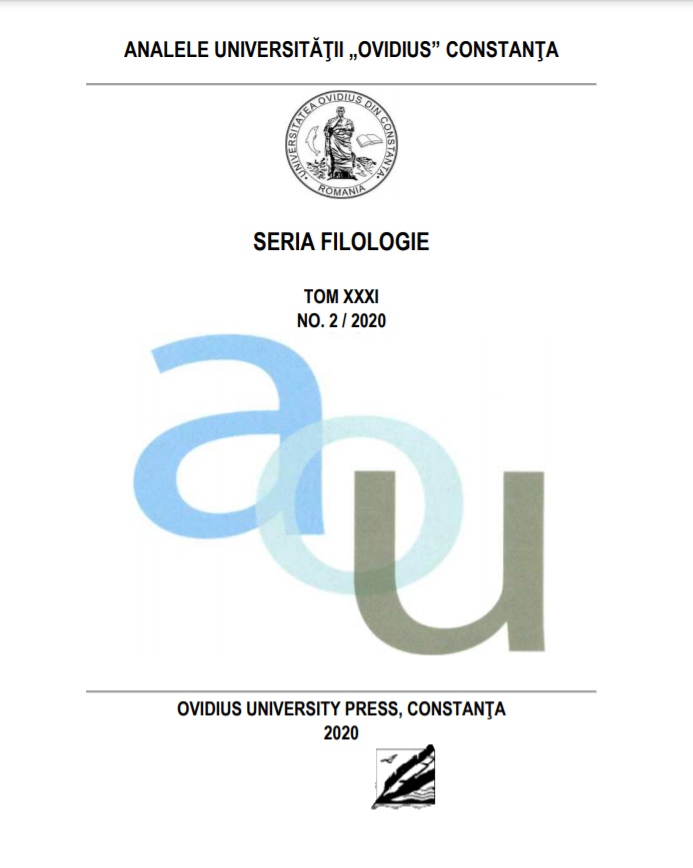Laughter and Tragedy: Romeo and Juliet Directed by Dominic Dromgoole at Shakespeare’s Globe (2009)
Laughter and Tragedy: Romeo and Juliet Directed by Dominic Dromgoole at Shakespeare’s Globe (2009)
Author(s): Lavinia Mircea RusuSubject(s): Language and Literature Studies, Philology
Published by: Ovidius University Press
Keywords: audience response; laughter; production; Romeo and Juliet; Shakespeare;
Summary/Abstract: This essay discusses moments of laughter as recorded in the 2009 production of Romeo and Juliet, directed by Dominic Dromgoole at Shakespeare’s Globe. The space of the production is essential because the Shakespeare’s Globe Theatre replicates exactly the conditions of performance in Shakespeare’s time. However, twenty-first-century audiences react differently to the language and actors’ jokes. Even if this is one of Shakespeare’s deepest tragedies, a story of “star-crossed” lovers famous throughout the globe, the expectations of laughter are high, in both text and performance. Shakespeare’s text reveals moments of humour and bawdy repartee, while this particular production makes the most of these moments through acting, the music played, as well as dance. Moreover, the expectations of the young audiences attending this production at Shakespeare’s Globe in 2009 (as seen in the live recording of the production, published on the site of Shakespeare’s Globe Online)are quite high. Therefore, young people attend the production with the preconception that they are going to see one of the most famous love stories, and their spirits are high and prepared for laughter even before the play begins. I argue that the audience’s expectations have changed throughout the centuries of performing Romeo and Juliet. Twenty-first-century audiences attend a well-known Shakespearean tragedy with the mental set of attending the production of a comedy, so they react to the moments of laughter in the play readily. Laughter, therefore, has become not only a sign of comedy, but also a symbol of light-hearted reception of the age-long Shakespearean appropriations, even in tragedy.
Journal: Analele Universităţii Ovidius din Constanţa. Seria Filologie
- Issue Year: XXXI/2020
- Issue No: 2
- Page Range: 178-187
- Page Count: 10
- Language: English

